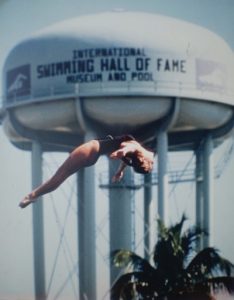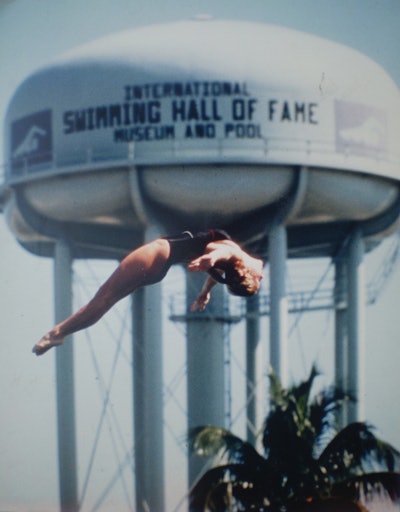With salt chlorine generators now being widely used for pool water treatment, their use in spas and swim spas is rapidly on the rise. More spa and swim spa customers are choosing salt chlorine generators because they already have them on their pools, or they have learned about them being an option. At the end of the day, most owners want to spend less time performing maintenance, and these devices allow that. Salt chlorine generators on pools are very similar to those for spas, however, regardless of their similarities, there are steps that should be taken to maximize the benefits and minimize the side effects of such generators.
After the generator itself, salt is the most critical component in making a generator produce the vital chlorine to keep water safe for bathers. Generators for pools typically need the water to contain around 3000 parts per million (ppm); in spas, these devices require around 2000 ppm of salt. However, each of these are estimates and the manufacturer should be consulted for their own target ranges for ideal performance results. Regardless, it is important to note, approximately 0.19 kg (0.42 lbs) of salt introduces 100 ppm of salt for every 1892 L (500 gal) of water.
Finding phosphates in water
Being mindful of the makeup of the source water of the spa is even more important when a generator is equipped in the facility. Well water may have iron present in it, and this can quickly interact with a cell generator and create water discolouration or stains. Ideally, a filter attached to the source water, whether in the home or at the end of the garden hose, is a necessity to remove metals. Alternatively, top loading water with metal treatments containing phosphonic acid should be avoided or at least proceeded with caution, this article will expand on this later. Further, there are also common issues that most water sources face, such as elevated total alkalinity (TA) or saturated calcium levels.
City water may have its own problems when being used to fill spas with generators. Often in the United States, polyphosphates such as sodium hexametaphosphate (SHMP), sodium tripolyphosphate (STP), or tetrasodium pyrophosphate (TSPP) are used to control common metals from causing issues within a potable water system. Regardless of which flavour it arrives in, all these water treatments will introduce phosphate to water at various rates.
The post Rise of the generator in spas appeared first on Pool & Spa Marketing.






